Yellow or White? When it comes to pasta, most of us are familiar with the traditional white noodles we find on supermarket shelves. However, for those who are pasta enthusiasts or have a preference for a distinct color, the option of yellow pasta is becoming increasingly popular. The question arises: what exactly differentiates yellow pasta from its white counterpart? First and foremost, the color of pasta depends on the type of flour used in its creation. White pasta is typically made with refined wheat flour, which undergoes a process to remove the bran and germ, resulting in a lighter color. On the other hand, yellow pasta is crafted using semolina flour, which is made from durum wheat.

.
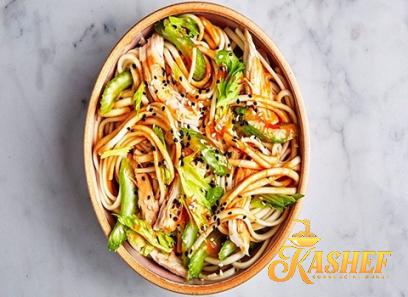 This flour is coarser in texture and naturally has a more golden color, hence giving the pasta a beautiful yellow hue. But does the variation in color make a difference in terms of taste or texture? Well, it turns out that yellow pasta does indeed offer some distinctive qualities. Since durum wheat is harder than regular wheat, yellow pasta tends to have a firmer and chewier texture. This makes it particularly well-suited for holding onto sauces, ensuring that every bite is packed with flavor. Furthermore, yellow pasta often possesses a slightly nuttier taste compared to white pasta.
This flour is coarser in texture and naturally has a more golden color, hence giving the pasta a beautiful yellow hue. But does the variation in color make a difference in terms of taste or texture? Well, it turns out that yellow pasta does indeed offer some distinctive qualities. Since durum wheat is harder than regular wheat, yellow pasta tends to have a firmer and chewier texture. This makes it particularly well-suited for holding onto sauces, ensuring that every bite is packed with flavor. Furthermore, yellow pasta often possesses a slightly nuttier taste compared to white pasta.
..
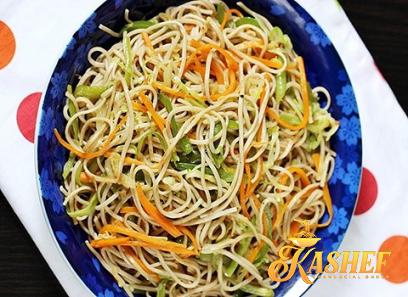 This is due to the presence of more protein and gluten in durum wheat, resulting in a richer and heartier overall flavor. The nutty undertones can complement a wide range of pasta dishes, especially those with robust and bold flavors. Apart from taste and texture, some may wonder whether there are any nutritional differences between the two types of pasta. It’s important to note that the majority of nutrients in wheat are found in the outer bran layer, which is removed during the refining process for white flour. As a result, yellow pasta made from semolina flour retains more of these beneficial nutrients, including fiber, vitamins, and minerals.
This is due to the presence of more protein and gluten in durum wheat, resulting in a richer and heartier overall flavor. The nutty undertones can complement a wide range of pasta dishes, especially those with robust and bold flavors. Apart from taste and texture, some may wonder whether there are any nutritional differences between the two types of pasta. It’s important to note that the majority of nutrients in wheat are found in the outer bran layer, which is removed during the refining process for white flour. As a result, yellow pasta made from semolina flour retains more of these beneficial nutrients, including fiber, vitamins, and minerals.
…
 So, if you’re looking to maximize the nutritional value of your pasta dish, yellow pasta may be the way to go. Ultimately, the choice between yellow and white pasta comes down to personal preference. Whether you’re a fan of the traditional white noodles or eager to try something different with the golden hue of yellow pasta, both options deliver a satisfying pasta eating experience. So, why not embark on a culinary adventure and experiment with the vibrant world of pasta colors the next time you whip up a delicious Italian feast? In conclusion, pasta enthusiasts now have the opportunity to explore beyond the traditional white noodles and delve into the realm of yellow pasta. With its firmer texture, nuttier taste, and higher nutritional value, this golden alternative brings a new twist to classic pasta dishes. So, go ahead and add a splash of color to your next pasta creation – your taste buds will thank you!
So, if you’re looking to maximize the nutritional value of your pasta dish, yellow pasta may be the way to go. Ultimately, the choice between yellow and white pasta comes down to personal preference. Whether you’re a fan of the traditional white noodles or eager to try something different with the golden hue of yellow pasta, both options deliver a satisfying pasta eating experience. So, why not embark on a culinary adventure and experiment with the vibrant world of pasta colors the next time you whip up a delicious Italian feast? In conclusion, pasta enthusiasts now have the opportunity to explore beyond the traditional white noodles and delve into the realm of yellow pasta. With its firmer texture, nuttier taste, and higher nutritional value, this golden alternative brings a new twist to classic pasta dishes. So, go ahead and add a splash of color to your next pasta creation – your taste buds will thank you!
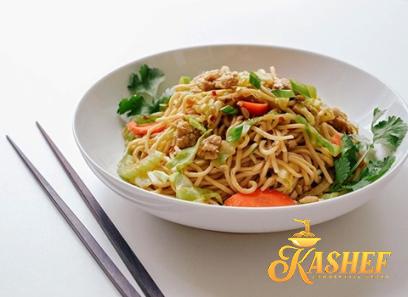
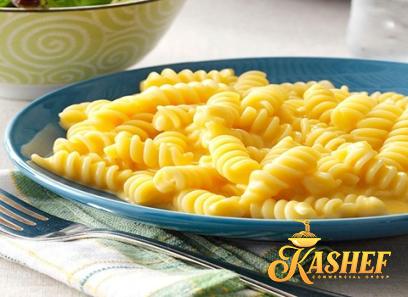

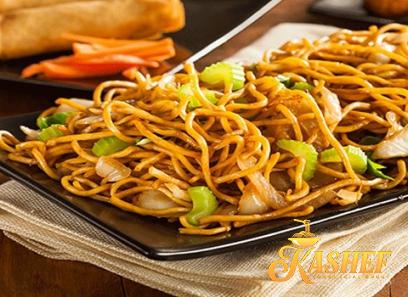
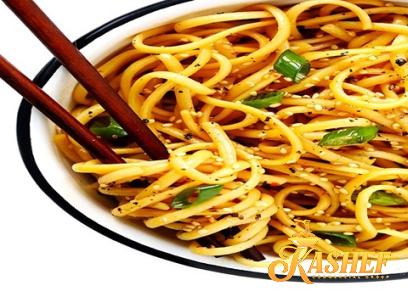
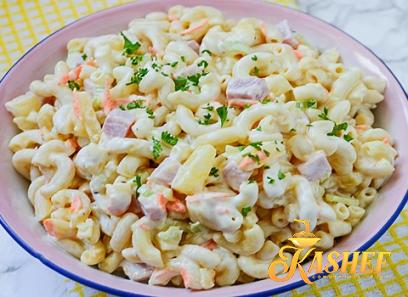


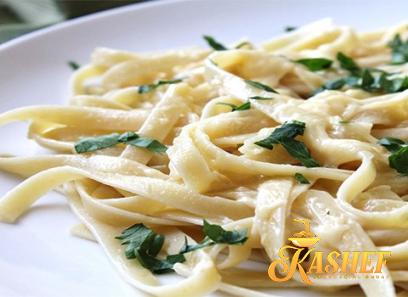
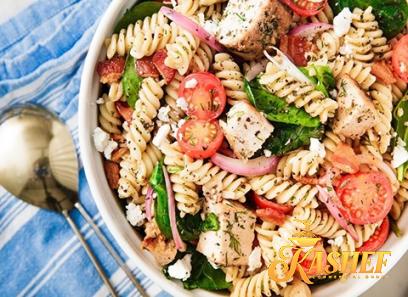
Your comment submitted.